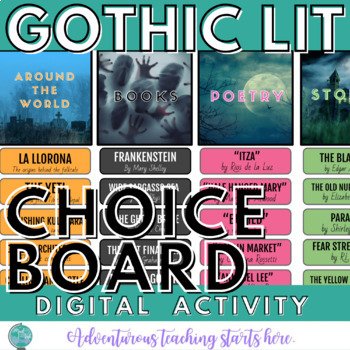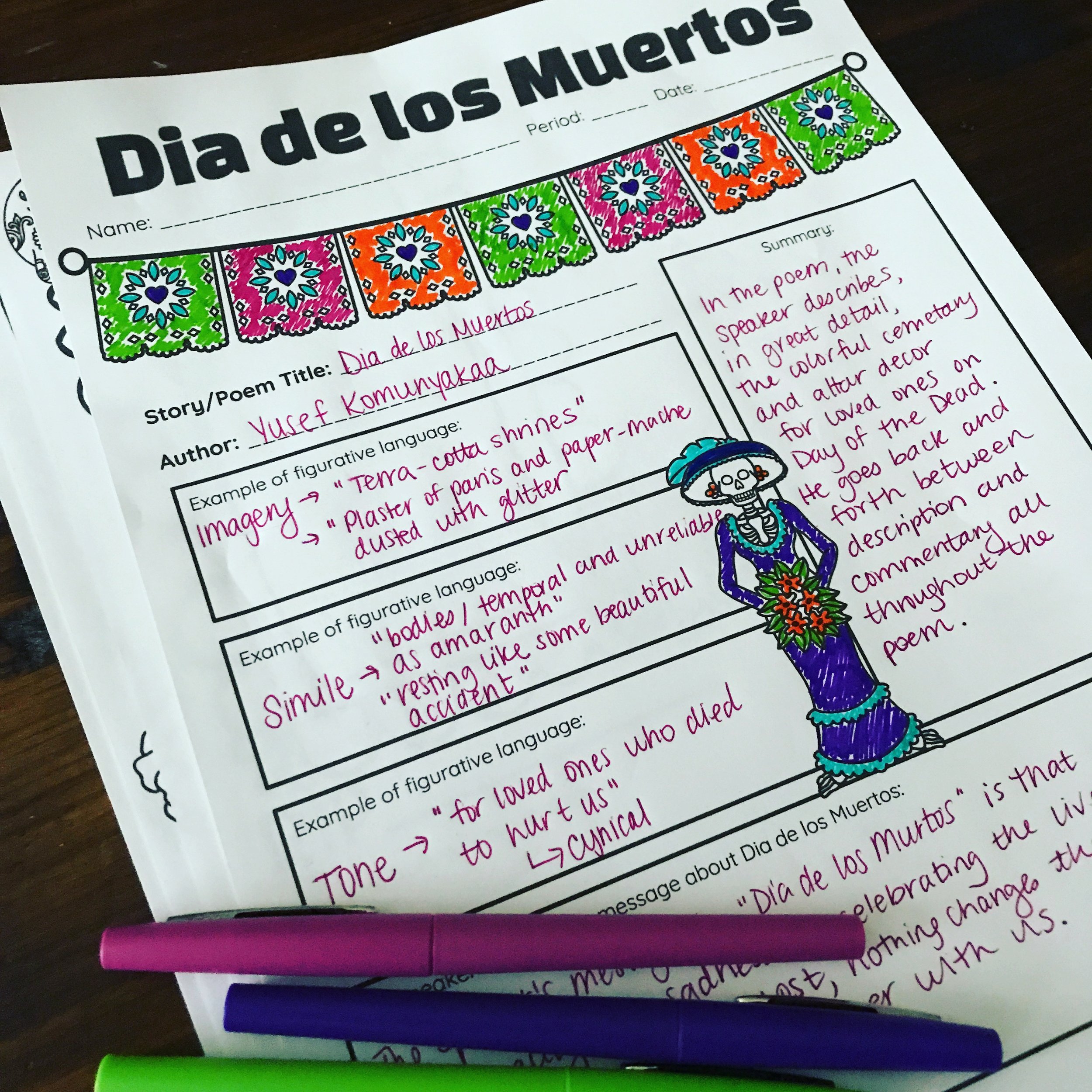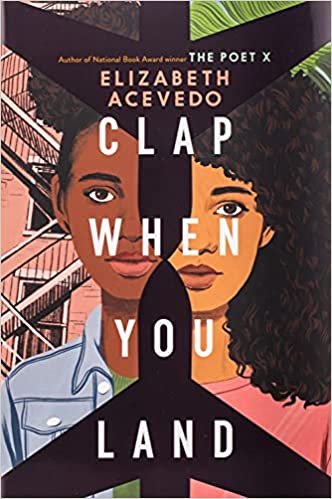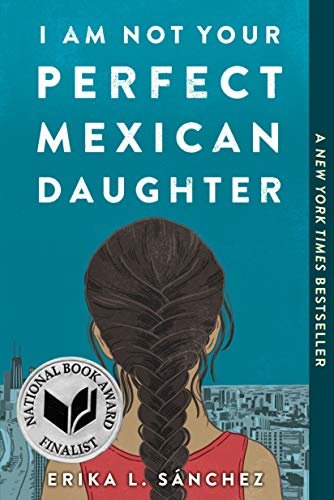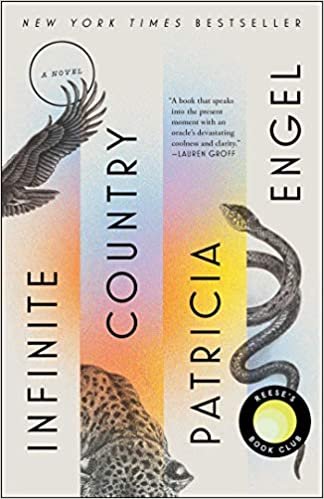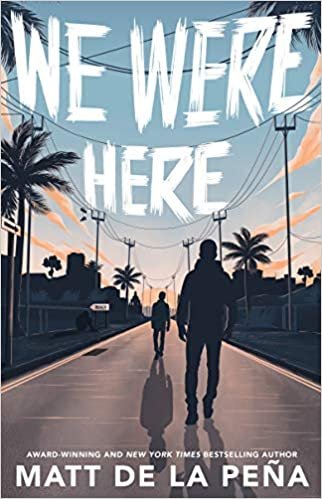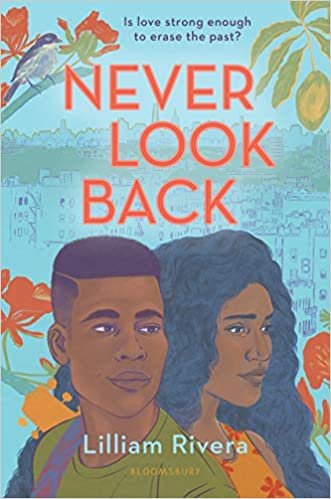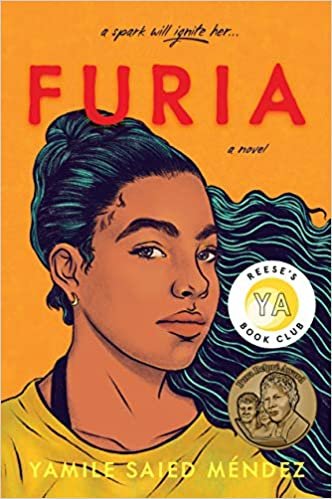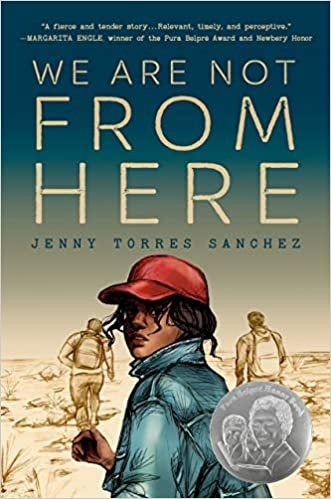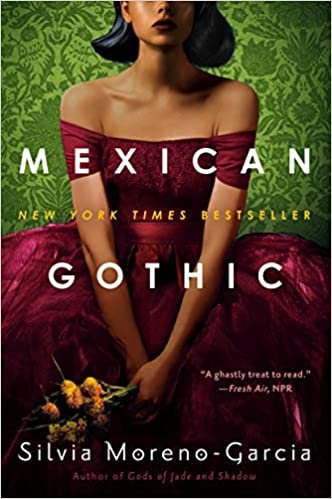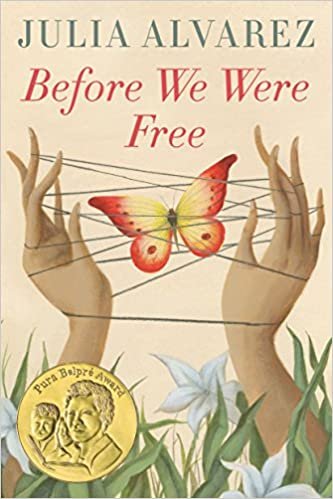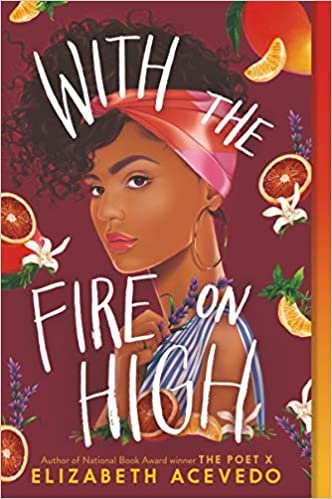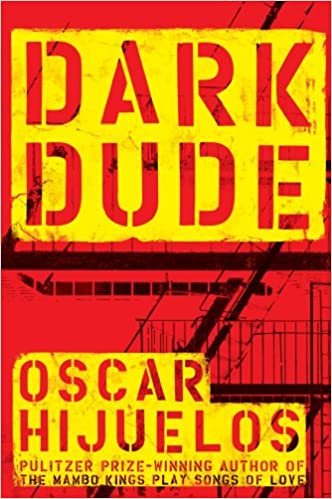October Lesson Plans for the ELA Classroom
October is a rich month full of seasonal topics to layer into the ELA classroom. I’ll admit, though, I didn’t always think that seasonal activities were all that important in my classroom. Most activities felt cheesy or forced, but as I’ve grown as an educator, I’ve found that the right lessons at seasonally relevant times of year hold a special power and break from the typical everyday ELA lesson plan.
What’s going on in October that’s especially relevant for ELA? Two things are especially important for me: the study of gothic fiction and the celebration and recognition of Hispanic Heritage Month.
GOTHIC LITERATURE & HALLOWEEN
So much of the gothic literature novels that we have available to teach are really long and not always fitting at every grade level. Short fiction and mini units on the genre, however, are not to be missed.
A gothic MINI UNIT
If you have time to read Frankenstein or Jane Eyre, that’s wonderful. These stories are so profoundly unique in this genre and give students amazing opportunities to explore good and evil, nature vs nurture, and the complexities of the human condition. I’m guessing, though, that most of you don’t have the time for a full novel-length unit set aside for this genre, and that’s okay. A 3-5 day mini-unit can do the trick and still give students time to explore the genre through inquiry and come away with some new thoughts about their own lives and other genres that they will read in the future.
In all of my genre-based units, I tie them together with an Essential Question anchored in elements of that genre. I love the question, to what extent does gothic fiction reveal the human condition? Because we’re working within a genre, it’s powerful to have students investigate the elements or “rules” of the genre. I do this by sharing a playlist of YouTube videos and asking the students to record the patterns that each follows. What unites them? If these are all considered gothic, then what is gothic? We take a day to close read song lyrics from The Phantom of the Opera, and even do some writing of our own. By the end of the experience, we hold a class discussion (usually a fishbowl or Socratic Seminar) and discuss the question we started with: what have we learned about humanity by looking through this gothic lens?




A DIGITAL CHOICE BOARD
If you’re interested in exploring this Essential Question but need a more streamlined and less time-consuming way to explore it, I love the option of using a digital choice board for bell work or weekly assignments. A digital choice board is a slides-created document that has several categories and buttons for each category that takes students to a different article, poem, song, or other text to explore under the umbrella of an EQ or topic of your choosing. These take a while to make, but can be used year after year. If you don’t have time to make one, I’ve got you covered!
DISCUSSION OF COSTUMES & CULTURAL APPROPRIATION
Synthesis writing is a skill that we are always working on, and my favorite way to practice many of those skills is actually through the use of discussion. A timely and important topic for students to discuss is that of cultural appropriation and Halloween costumes. Back in the 90s (when I was a kid), we never talked about this, but as we grow more collectively aware social consciousness about correcting wrongs and “know better, do better”, this is a powerful topic to present to students. Using a fishbowl or Socratic seminar format, I present my students with 10-12 different articles all addressing the question: To what extent can cultural lines be crossed in costume? . After some time to read and prepare, we come together to discuss and figure out where the line is that shouldn’t be crossed.
MONSTERS & VILLAINS
Speaking of Essential Questions, the variety of options that tie in with this October season are plenty — especially those dealing with monsters and villains. I chatted with my friend Marie Morris of The Caffeinated Classroom about her 12th grade world lit course, and we brainstormed the coolest essential question for her to use for her course: Who will determine the fate of humanity: the heroes or the villains? In that episode, we talk at length about the many facets of what a question like this could look like in both a unit and a course — give it a listen!
A VARIETY OF MINI-LESSON IDEAS
If you still don’t know where to start, I have an amazing collaborative podcast episode to share with you that features six teachers across 6-12th grades and their unique and creative ideas for featuring gothic fiction and Halloween-related reading and writing lessons during the month. From 6th grade mood writing to a 12th grade villains course, these teachers have so many fascinating ideas to share. Cue this episode to listen to on your drive to work1
HISPANIC HERITAGE MONTH
From September 15th to approximately October 15th, Hispanic Heritage Month is celebrated and recognized. Cultural heritage months are an amazing opportunity to highlight the voices and contributions of the community as long as we are working to also feature these voices all year round and not look to them as tokens for one month out of the year.
DAY OF THE DEAD
Dia de los Muertos is celebrated across Latin America at the very end of October and the beginning of November. One of the ways that I’ve tried to add more cultural literacy into my ELA classes is by blending learning about this holiday with a small poetry research project. After spending time learning about the traditions of the holiday, we read some poetry written for Dia de los Muertos. Next, each student selects a poet who has come before us to honor at our class ofrenda after conducting a small research project. On Day of the Dead, each student takes turns reading a signature (or even a lesser-known) poem from that poet and we remember the work of the great poets who have passed on.
LATINX VOICES
This is the perfect time of year to expose your students to some new LatinX authors through poetry, prose, nonfiction, and other forms of artistic media. If you’re currently working on practicing your close reading skills, you should check out this 5-week email series featuring Frida Kahlo, America Ferrera, Luis Alberto Urrea, Sonia Sotomayor and Richard Blanco. I’ve set up five free lessons for each writer that you can click and assign right away! If you like the idea of a choice board, I’ve got one of those, too. Students can explore shorter texts every day for 25 days completely independently using the choice board and the Google Form.
LATINX YA NOVELS
There are so many incredible up-and-coming writers for the young adult audience that are wonderful to highlight during this month during first chapter Friday events, book talks for independent reading, and more. Here are a few of my current favorites (each is connected to an affiliate link):
What are some of your go-to lessons for October? Which of these do you hope to try first? Let me know in the comments!
